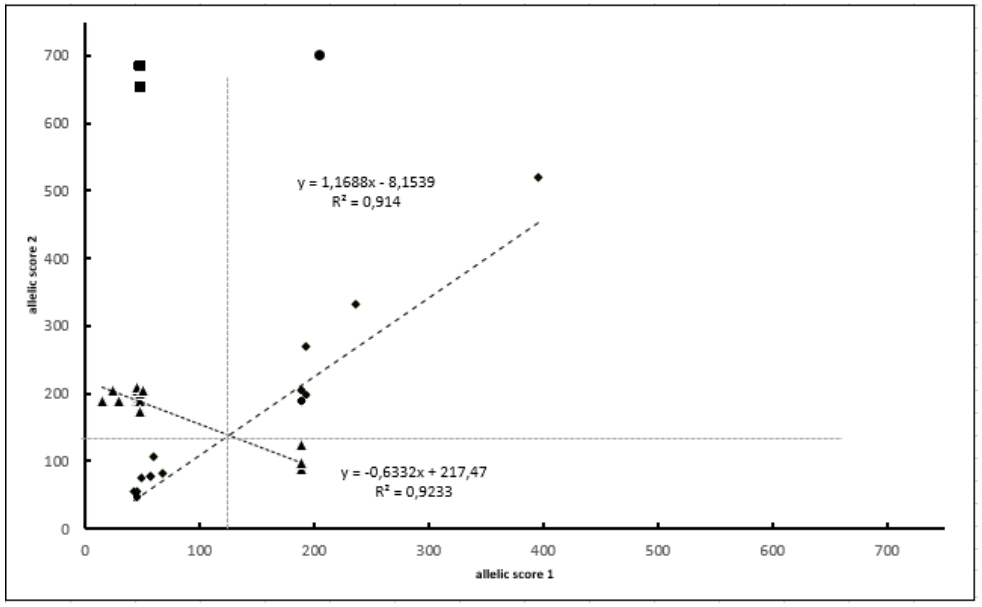
This technology sought to compute the combined the AGG interspersion numbers and patterns, aiming to define FMR1 repetitive tract complexity combinations. The mathematical model is the first to compute this cumulative effect. The outcome, a numerical parameter designated allelic score, depicts the repeat substructure of each allele, measuring the allelic complexity of the FMR1 gene including the AGGs burden, thus allowing new behavioural scrutiny of normal-sized alleles in females. The method for evaluating female reproductive function comprises the following steps: obtaining genomic DNA from a female subject’s blood; measuring the number of CGG repeats on each allele of the FMR1 gene; determining the AGG interspersions number and pattern; calculating the allelic score based on a mathematical model.
FMR1 gene premutations (55<CGG<200) have been implicated in fragile X-associated primary ovarian insufficiency and, more recently, specific normal-sized alleles were implicated in ovarian function impairment. The presence of AGG interspersions decreases instability of premutated alleles, particularly in maternal transmissions. Furthermore, an AGG interspersion number below two was correlated with a diminished ovarian reserve.
Using the mathematical formula, it is expected to calculate an allelic score that differentiates those female subjects with a better reproductive performance.
This solution addresses the technical field of genetic and fertility clinics/labs.
A proteção dos direitos de propriedade industrial é cofinanciada por:






